 The word akṣobhya [also written akshobhya] means immovable or imperturbable and is the opposite of kṣobha which means shaking, agitation and disturbance, tossing, trembling or emotional[1]. Thus akṣobhya refers to that state of perfect calmness achieved as a result of perfect knowledge.
The word akṣobhya [also written akshobhya] means immovable or imperturbable and is the opposite of kṣobha which means shaking, agitation and disturbance, tossing, trembling or emotional[1]. Thus akṣobhya refers to that state of perfect calmness achieved as a result of perfect knowledge.
Ṣaḍākṣarī Mantra
In the Buddhist tradition, he is one of the five transcendent (tathāgata) buddhas. Tathāgata refers to the principal lord of a Buddha clan (there are five such lineages). Akṣobhya is lord of the vajra[2] lineage (or Vajrāyana Buddhism). Just like the lord of the eastern direction Indra[3] (Śakra), he rides an elephant. His right hand is in the damana (suppression) or bhūmi sparsa (earth touching) mudrā[4] which causes the suppression (of ignorance, anger, emotion and other ṣaḍripu) with the damana bīja (huṁ). The left hand is in jñāna mudrā which symbolises perfect knowledge and has the tāra bīja (om). Thus, the simplest mantra read from the left to the right hand would be ‘jñana bīja’ + ‘name in long expression’ + ‘damana bīja’ = om akṣhyobhyāya huṁ.
ॐ अक्षोभाय हुं
om akṣobhāya huṁ
Dhyāni Buddhas
As the name implies, dhāni refers to the concentration and focus that leads to wisdom. The appearance of Vairocana, the master of all objects of knowledge, is the symbolic representation of all knowledge as a complete day or a complete circle. Thereafter quadripartition of knowledge occurred in two stages. In the first stage, the knowledge was divided into two by Vajrasattva Akṣobhya (representing wisdom ‘like a mirror’), in the East and Amitābha (representing discriminative wisdom or compassion), in the West. In the second stage, this was further divided by Ratnasambhava (representing the wisdom of equanimity – beauty, or spiritual riches) in the South and Amoghasiddhi (representing the wisdom of ‘he who can accomplish all things’ – power through activity) in the North.
| Family | Vajra | |
| Wisdom | Jñāna | Like Mirror – Knowledge through reflection |
| Overcome | Krodha | Hatred, Anger |
| Alters | Chitta | Consciousness |
| Karma | Rakṣa, Dharma | Protect and Destroy |
| Symbol | Vajra | Scepter |
| Tattva | Jala | Water |
| Color | Indra-Nīla | Sky-Blue: Blue and White |
| Season | Śiśira | winter |
| Kendra | Udaya, Pūrva | East |
| Mudrā | Bhumi Sparsa | Earth-touching |
Further reading/ references
- Mandala: The Architecture of Enlightenment, Denise Patry Leidy, Robert A. F. Thurman. New York: Asia Society Galleries, Boston, Shambala: Tibet House, 1997. Copyright Asia Society Galleries, Tibet House, 1997 http://www.asiasource.org
- Jeff Watt http://www.himalayanart.org
[1] Monier Williams Sanskrit Dictionary
[2] m. hard or mighty and refers to the thunderbolt or diamond sceptre (esp. that of Indra, said to have been formed out of the bones of the ṛṣi Dadhīcī and shaped like a circular discus or a cross or zigzag; it is a mythical weapon destructive of spells and charms, N. of the 15th of the 27 Yogas corresponding to śrāvaṇa nakṣatra. The śrāvaṇa month refers to the rainy season when the bow of Indra (rainbow) and vajra (thunder) is seen in the sky.
[3] Both in Hindu and Buddhist tantra, Indra is the guardian of the eastern direction (lokapāla). He rides a white elephant called airāvata.
[4] Gesture of hand and fingers having vital spiritual symbolism and signification
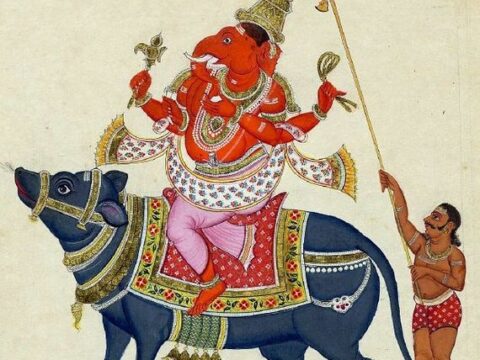
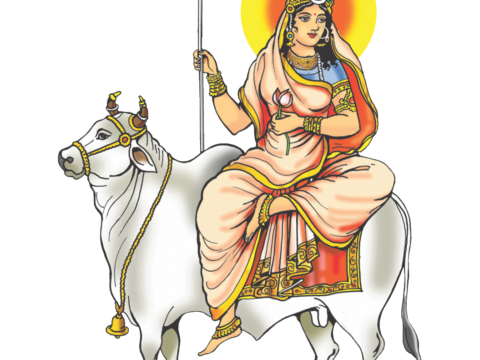
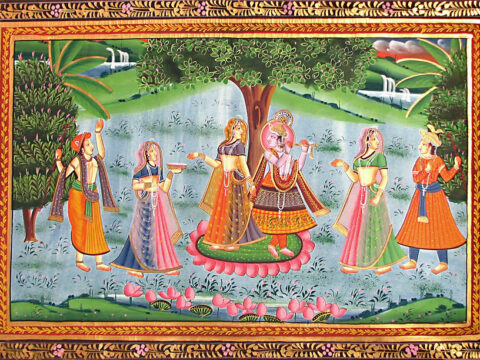
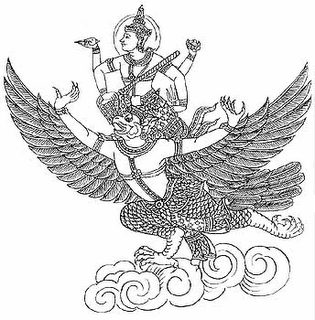

 We have an excellent pandit Divākar ‘Deva’ Mishra, who is from the priests of Vindhyāvāsini Siddha Pīṭha to guide you through the hundreds of temples of Kāśi [Varanasi] and neighbouring regions. He can organise your pūjā, keep you safe and take care. He is supported by an English-speaking well-travelled spouse ‘Supriya Mishra’. Please contact them directly for any services, remedial pūjā and tours. They handled the 60+ member Kāśi Jyotiṣa Group 2022.
We have an excellent pandit Divākar ‘Deva’ Mishra, who is from the priests of Vindhyāvāsini Siddha Pīṭha to guide you through the hundreds of temples of Kāśi [Varanasi] and neighbouring regions. He can organise your pūjā, keep you safe and take care. He is supported by an English-speaking well-travelled spouse ‘Supriya Mishra’. Please contact them directly for any services, remedial pūjā and tours. They handled the 60+ member Kāśi Jyotiṣa Group 2022.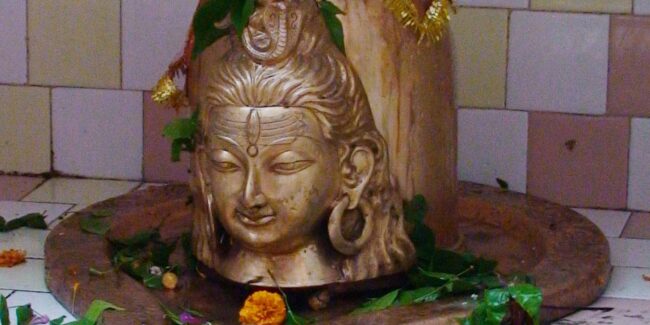
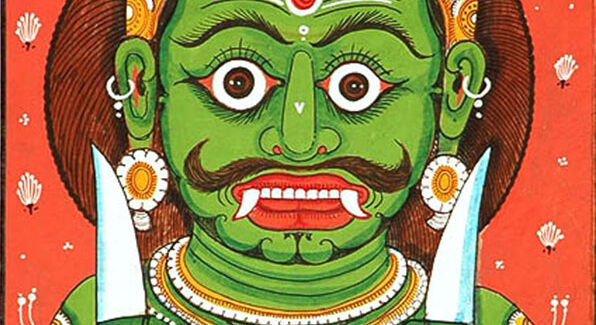
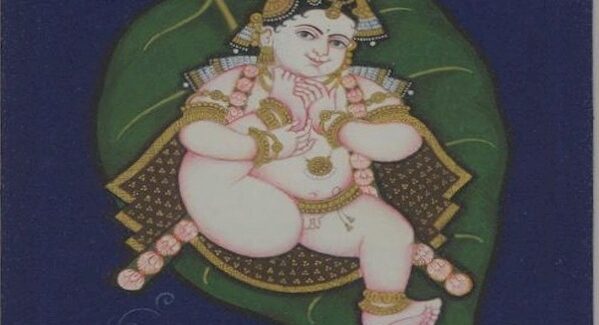
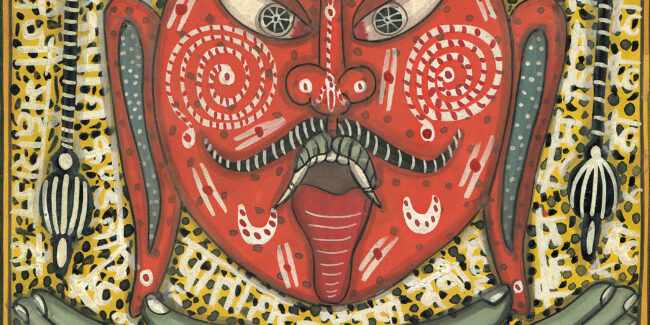
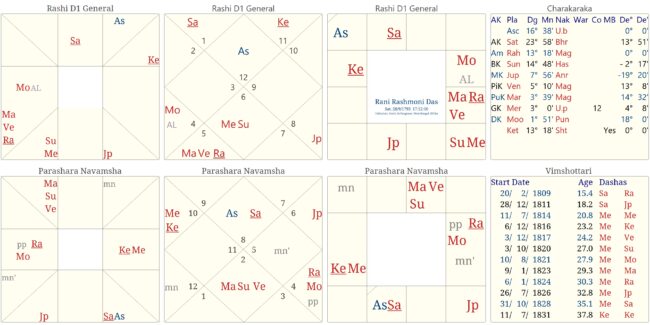
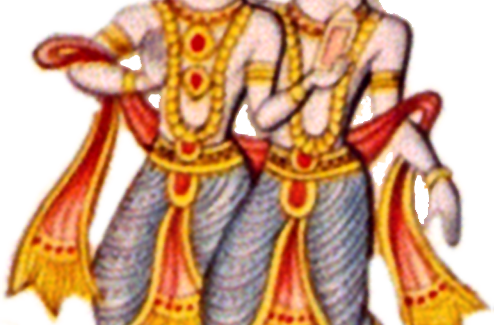
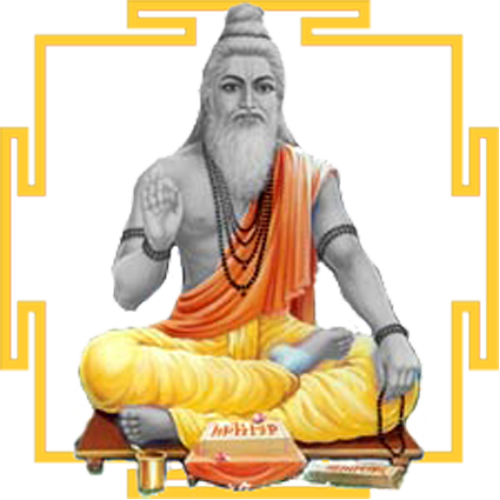 DBC offers online courses in jyotish (Vedic Astrology) taught directly by Sanjay Rath as per the tradition, through narrated power points and other audio tools. The courses are at different levels, from the beginners through the intermediate to the advanced and are known as SoHamsa | DBC courses, with individual classrooms and assistant teachers
DBC offers online courses in jyotish (Vedic Astrology) taught directly by Sanjay Rath as per the tradition, through narrated power points and other audio tools. The courses are at different levels, from the beginners through the intermediate to the advanced and are known as SoHamsa | DBC courses, with individual classrooms and assistant teachers
 Sagittarius Publications is the publisher and distributor the popular quaterly magazine the Jyotish Digest, as well as many thorough books on the subject of Vedic Astrology or Jyotish.
Sagittarius Publications is the publisher and distributor the popular quaterly magazine the Jyotish Digest, as well as many thorough books on the subject of Vedic Astrology or Jyotish.